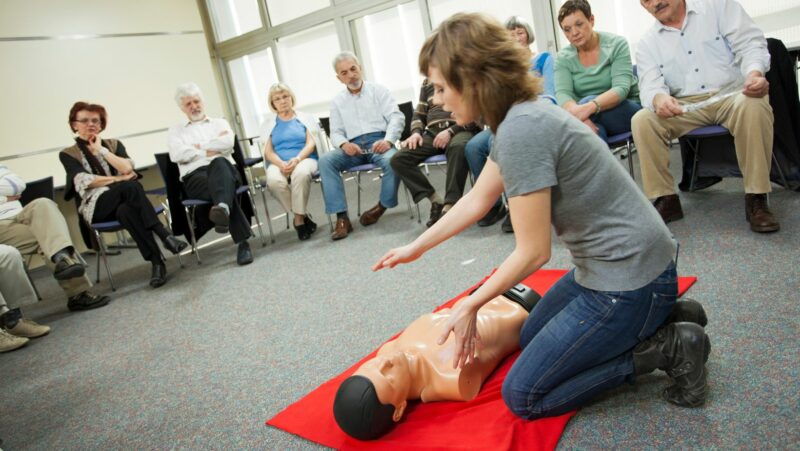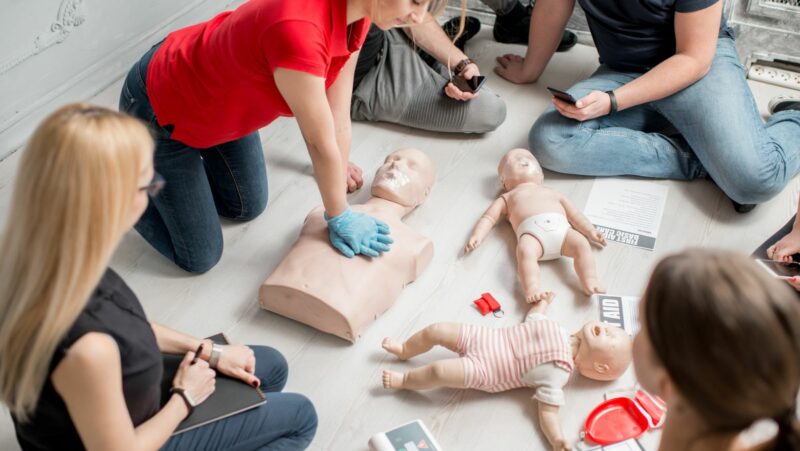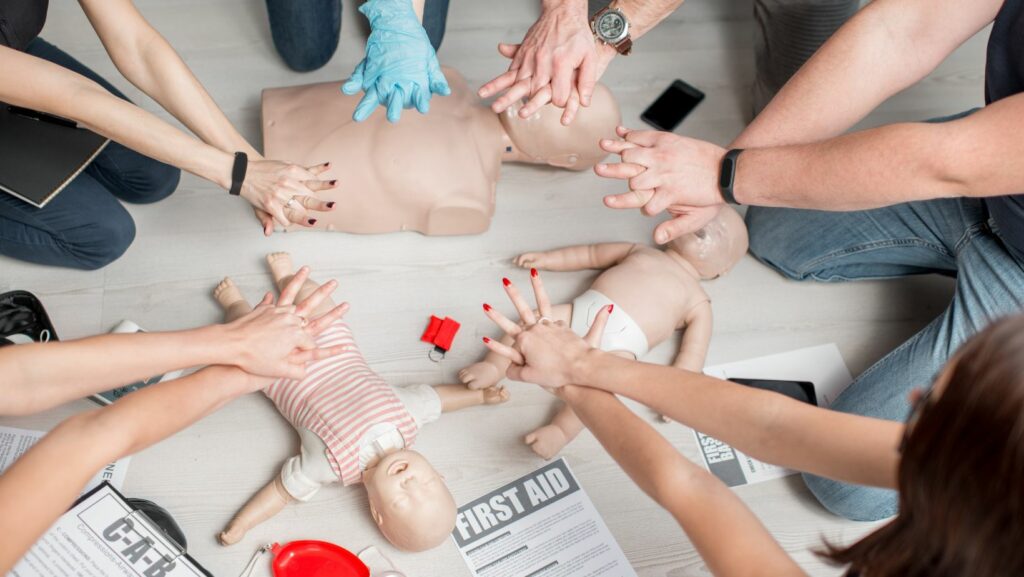You can’t anticipate when an emergency arises. Hence, it’s essential to register for a first aid course. Having the basic first aid knowledge can help you save someone’s life as well as your own. There are different first aid levels to train you to respond in different scenarios.
Despite the significance, not everybody has to undertake years of first aid training. To deliver the right help, you should choose the right level of training. But how can you do it? Let’s find out!
Guide to Choose the Right Level of Training
Are you wondering how to choose the right level of first aid training? There are certain key factors you should consider when enrolling in the right course that suits your specific needs. Here’s your guide to streamline the process.
Understanding the Levels in First Aid Course
First aid encompasses a range of basic medical techniques and procedures that can be performed by a layperson before professional medical assistance arrives. It includes CPR, wound care, choking management, and more. There are several levels of first aid courses available, each designed to meet various needs. It includes,
First Aid Course Level 1
First Aid level 1, or basic first aid, is entry-level training. It introduces the learners to fundamental first aid principles and primarily focuses on equipping them with the skills required for common emergencies.
Skills taught
- Basic life support techniques
- How to manage bleeding
- How to provide initial care for industries like burns and fractures
Who should enroll in the Level 1 Course?
Level 1 course is suitable for individuals who wish to gain fundamental knowledge to handle everyday energies.
First Aid Course Level 2
The first aid level 2 course builds upon the fundamentals of the first level. It encompasses a wide range of medical emergencies and provides participants with a comprehensive skill set.

There are in-person courses that involve practical training in first-aid scenarios and emergencies.
Skills taught
- Advanced techniques of wound care
- Dealing with unconscious casualties
- Use of an Automated External Defibrillator (AED)
- Handling heart attack or epilepsy
- Priority to treatment – (primary and secondary assessment)
- Basic hygiene
Who should enroll in the Level 2 Course?
The Level 2 course is ideal for people who want to acquire advanced first-aid skills. It is suitable for workers in low-risk business environments and the general public.
First Aid Course Level 3
First aid level 3 equips learners with extensive knowledge to prepare them to handle different medical energies. In this course, the learners will be exposed to realistic scenarios and practice exercises to assess their understanding of medical emergencies in the workplace.
Skills taught
- Fractures and spinal injuries
- Head injuries
- Diabetes and asthma
- Legalities, responsibility, and reporting procedures
Who should enroll in the Level 3 Course?
Level 3 course is typically pursued by individuals who want to become designated first aiders in their workplace. It is also suitable for those who work in high-risk environments such as manufacturing or construction.
Evaluate your Requirements
When considering the first aid course options, make sure to evaluate your needs to get the perfect fit. There are two main types of requirements as follows,
Individual (personal) requirements
Individual requirements refer to the specific goals and needs of individuals who want first aid training. The needs might vary depending on one’s personal experience, medical history, and more. Some common requirements are,
- Learning basic first aid for personal use.
- Preparing for outdoor activities like hiking or camping
- Acquiring advanced first aid knowledge for a healthcare career
- Refreshing previously learned first aid techniques.
For instance, if you are interested in building your career in healthcare, choose the one that offers certification in advanced life support.
Occupational (Professional) Requirements
Occupational requirements refer to the first aid training required for a particular job or industry. Nowadays, industries have specific regulations that require employees to have a certain level of first aid training. Some industries that require first aid training are,
- Construction
- Education
- Emergency services
- Construction.
If you belong to any of these industries, ensure to connect with your employer. For science, a construction worker has to opt for a course that covers common construction-related injuries.
Course Content and Length
The content and length of the first aid training vary depending on the level you choose. Hence, make sure to choose the course that perfectly aligns with your needs. A person who works in a high-risk environment (construction or manufacturing should choose the intermediate level of training. It should include modules on treating burns, fractures, and other common injuries.

You should also consider the length of the course. Some courses can be completed in a few hours, while others may even take days. Consider your schedule and availability to pick the course that is feasible for you.
Accreditation and Certification
Another factor to consider while choosing first aid training is accreditation and certification. Look for courses that are accredited by a recognized organization. This will ensure that your learning meets quality standards and that the course content is updated and relevant. Besides, make sure the certification is recognized by your employer or industry. It will demonstrate your credibility in the professional setting.
Summing Up
First aid is a vital skill to have if you want to help others in an emergency. There are different types of first aid courses available. Hence, it’s worth doing your research and analyzing your needs before deciding on the right one for you. After completing the course, you will feel confident in your ability to respond during an emergency.
You will have the skills and knowledge to provide basic comfort to those in need. By refreshing your certification and applying what you have learned, you can contribute to the well-being of your community.


More Stories
The Technology Behind Virtual Receptionist Services
Crypto And Cards: The Fusion Of Blockchain And Betting
Tool Overload: Why Less Software Sometimes Means More Progress